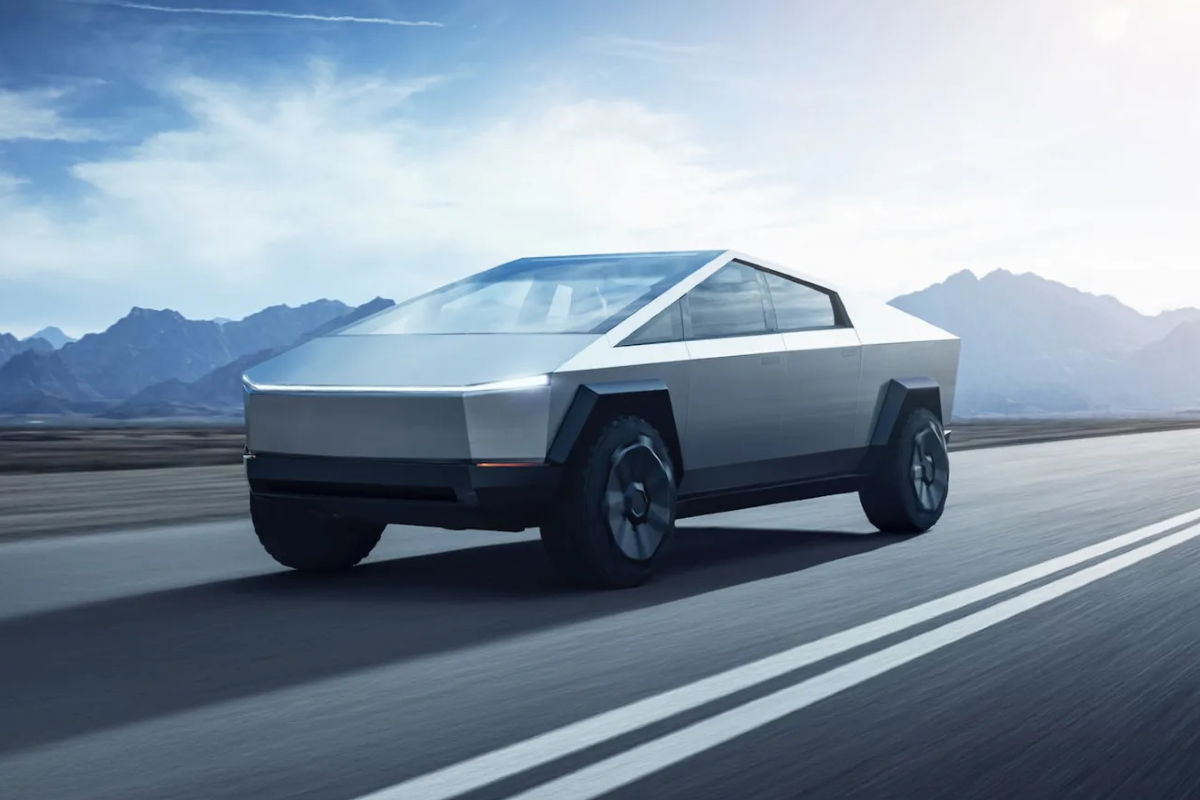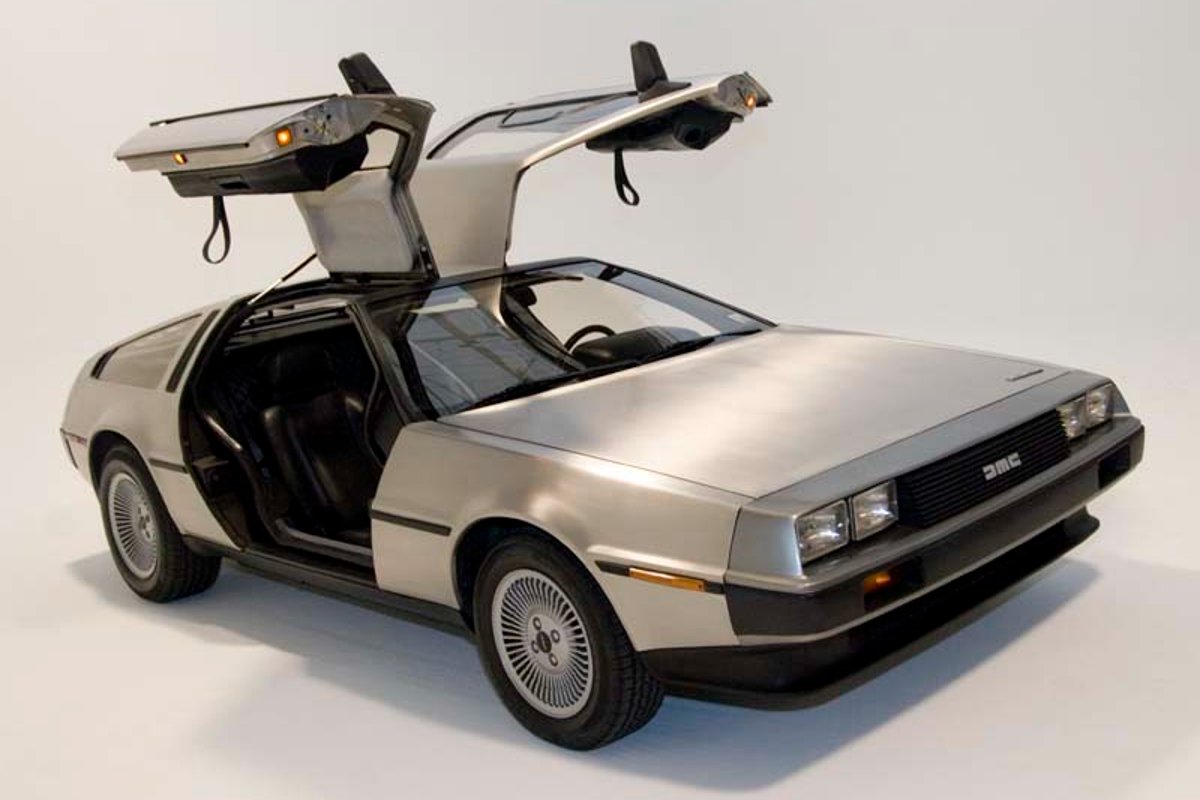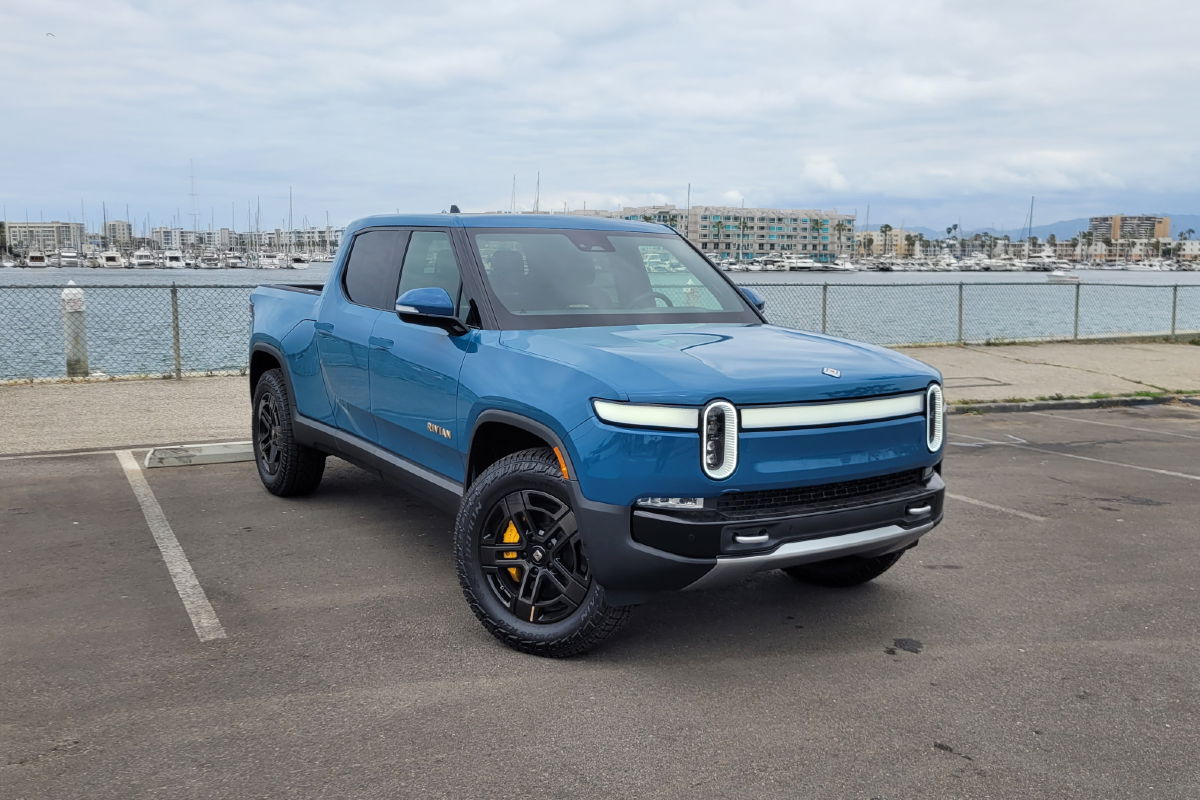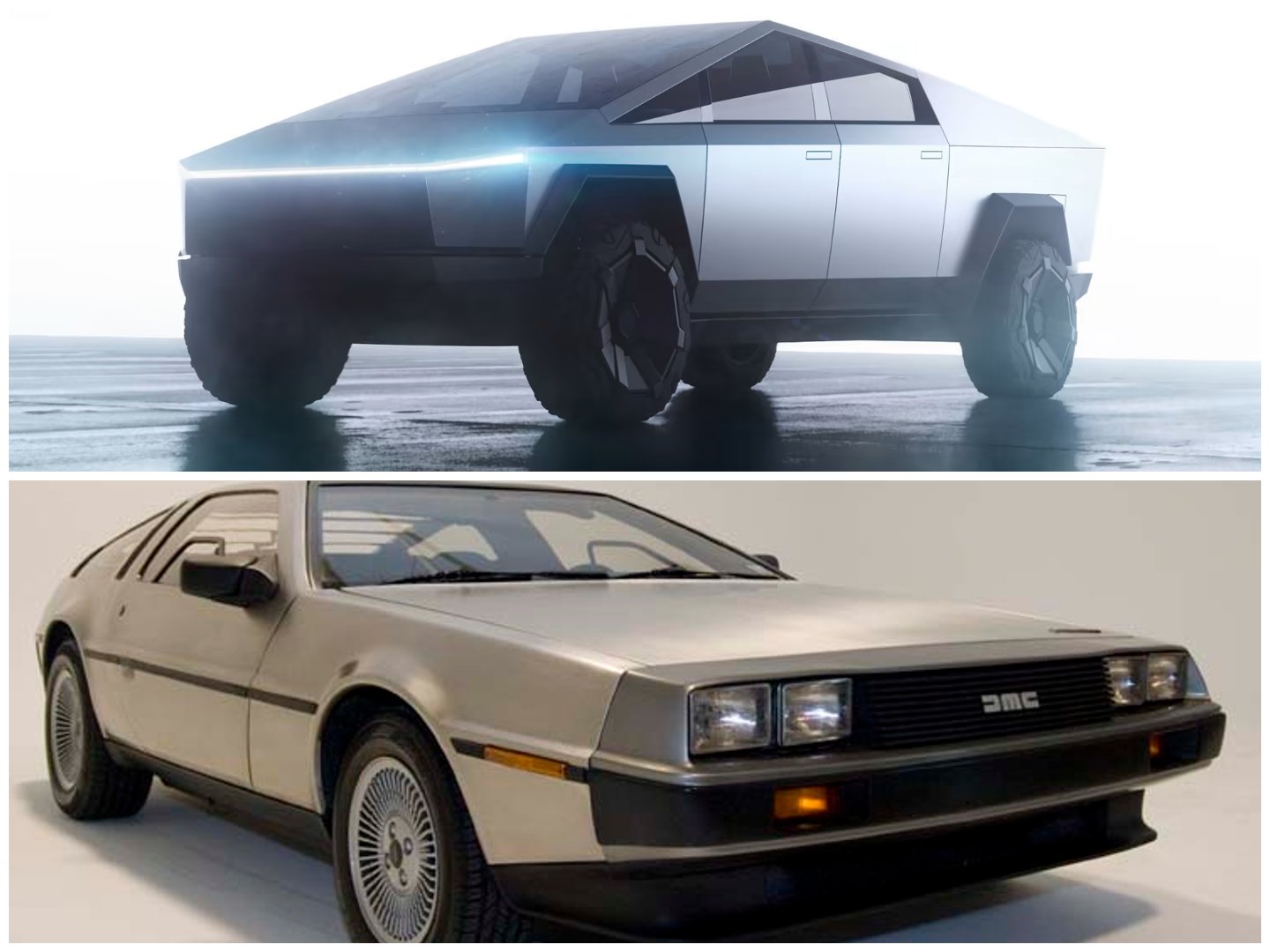
My recent trip to the USA gave me the chance to get up close to a Tesla Cybertruck on several occasions and have a real good look – I wasn’t impressed.
In fact, I’d go so far as to say that, in my opinion, the Cybertruck will prove to be a disaster both for Tesla and the unfortunate consumers who’ve bought them.
Like many other people, I’ve long been intrigued by Tesla’s pickup. It’s been in the works for years and finally surfaced at the end of last year in production form with real deliveries kicking off. Production is now up at 1000+ per week apparently, so they’re becoming a more regular site on at least some roads in the US. I saw them in California but, probably predictably, not in Idaho or Montana.
When the Cybertruck was first shown, some five years ago, as a concept car, my immediate thought was that, like many concepts, it would be toned down for production. That often leads to disappointment, but in the case of the Tesla, it’s disappointing that the finished vehicle is so close to that concept. Whilst the looks might grab some people’s attention and even appeal to many on the surface, it’s a truly awful example of 21st century manufacturing up close.
The external fit and finish on the vehicles I saw was absolutely abysmal. What’s more, the stainless steel panels had horrendously sharp edges on both the front and rear of the truck that have the potential to not only slice open a human on minimal impact, but will probably, sooner or later, cause injury to an owner just in the course of cleaning it. There is no way that most folk that I know would even contemplate taking delivery of a car with this quality of finish and, I suspect, that once deliveries in the US start to those less interested in ‘first on the block’ supposed status, many regular consumers over there will knock the Cybertruck back.

Then there’s the litany of operational issues that I not only heard about when inspecting the trucks up close, but also are all over the internet for all to read about.
It honestly doesn’t matter whether it’s great to drive or not, it’s just not built to a standard expected in this day and age. And now that’s starting to be reflected in second hand values which are seemingly crashing. That’s partly because there’s an expectation that Tesla will pull the same stunt as they’ve repeatedly done over the last year or two with other models, namely slash prices as soon as sales falter. But it’s also because the Cybertruck just isn’t good enough.
All being well, there’s zero chance of it coming to Australia. Given the cessation of right hand drive production of the Model S and X, hopefully Tesla doesn’t see a business case for investing in RHD for the truck. We don’t need it here.
In fact, like the dreadful DeLorean in the early 1980s, with its similar use of stainless steel panelling as a point of differentiation, there’s a good chance it will fall over and die in the not too distant future. It appeals to the same sort of extrovert buyer, I suspect, and they’ll soon admit the error of their ways although, these days, that might lead to a huge class action lawsuit.
If US buyers want or need an electric pickup, then there’s the Ford F-150 Lightning, the Chevrolet Silverado EV and the Rivian R1T, all available and all much more practical alternatives.
In fact, touring around the north-west of the States, the one that stuck out was the Rivian. Slightly smaller than the opposition and with styling that was different but not polarising, it does look very appropriate for the Australian market, should Rivian stay in business and also decide to engineer a RHD version. They still have to prove that they can make a profit though.

The crazy thing is, that all the positive lessons that Tesla has learned in the art of good old fashioned car making (as opposed to their undoubted drivetrain prowess), and how to screw a car together properly, seem to have gone out of the window with the truck. Over the last six years, the build quality of the Model 3 has improved no end. It still might not be perfect, but it’s much better than it was. Those learnings just haven’t been applied to the Cybertruck.
Personally, I’ve admired the smart approach to minimising the number of components in Tesla cars as well as good design making assembly easier and therefore more robust. But the truck shows little evidence of a design philosophy that’s related to offering customers a rugged, long lasting and fit for purpose pickup. That’s a shame. It’s really just a gimmick, like the rear doors on the Model X, and, as such, can’t be taken seriously.
If Tesla had approached the design and building of the Cybertruck in the same way as they did with the Models 3 and Y, then there’d be a serious player in the market today.
So, if you’re one of the few Australian potential customers who’ve been waiting for the Cybertruck to come Down Under, I’d suggest that you look elsewhere. Even if it does ever make it into this country, do yourself a favour and stay away.













Discussion about this post